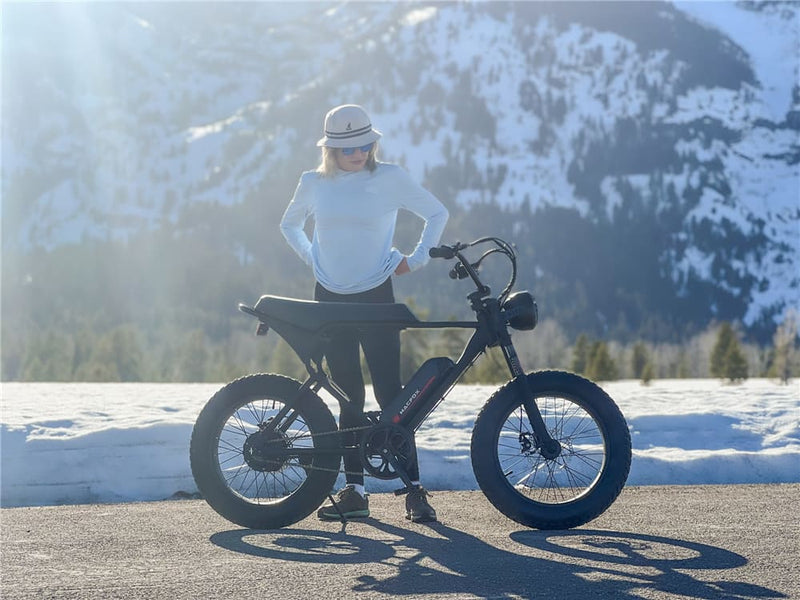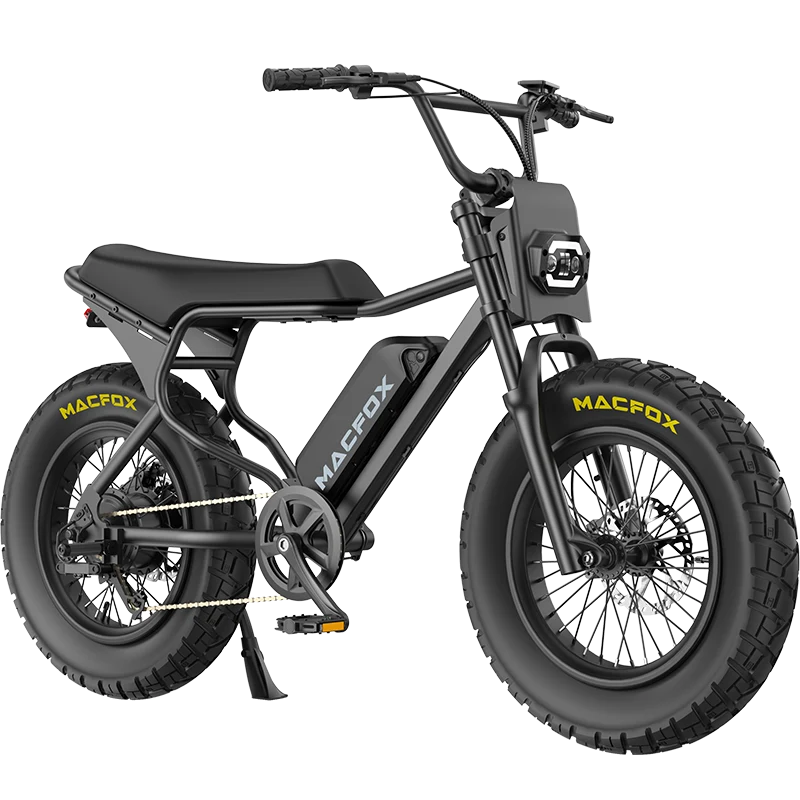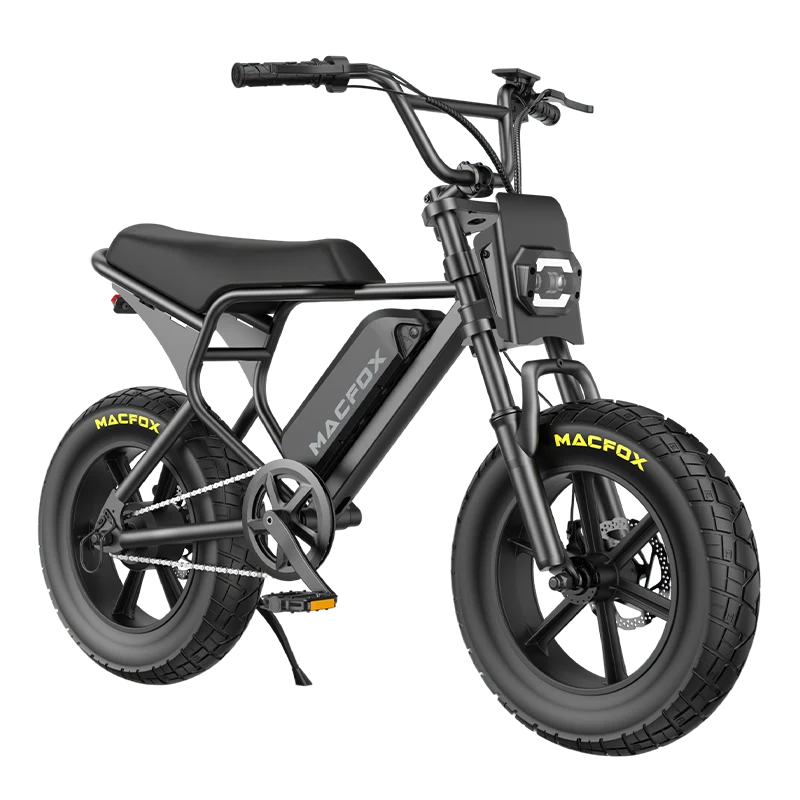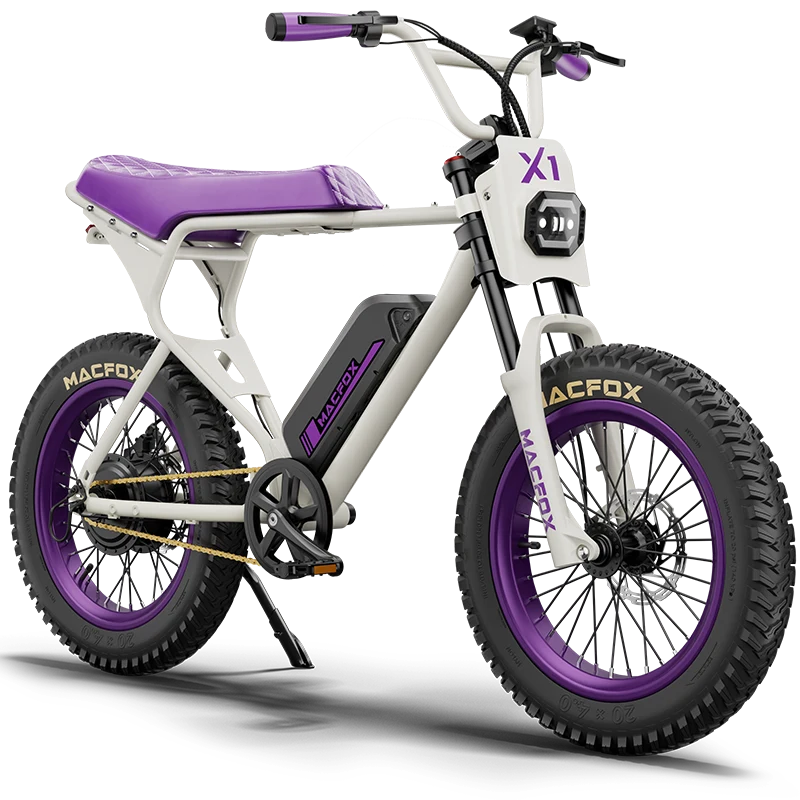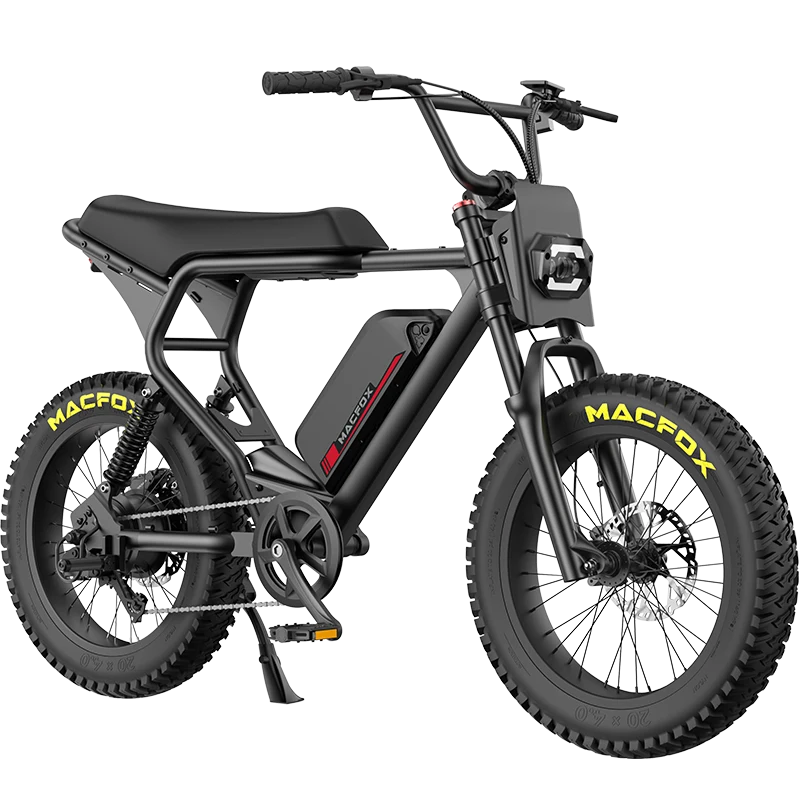In the heart of Washington, D.C., an urban transportation revolution is unfolding as Macfox's electric commuter bike quickly becomes a ubiquitous feature of the urban landscape. For cyclists hoping to navigate this metropolis while staying within the law and safely, mastering the intricacies of Washington, D.C.’s e-bike legal framework is critical.
Elucidating the E-Bike Taxonomy in DC
The district categorizes e-bikes in a methodical fashion to facilitate their seamless assimilation into the urban fabric:
- Class 1 e-bikes: These are pedal-assist only, capping at 20 mph, intended to amplify, not supplant, human exertion.
- Class 2 e-bikes: They provide throttle-assistance, enabling the bike to reach 20 mph autonomously, sans pedaling.
- Class 3 e-bikes: These amalgamate Class 1's pedal-assist with an elevated speed threshold of 28 mph, ideal for those desiring brisker travel.
Legal Parameters for E-Bike Usage in Washington, DC
Adhering to specific legal stipulations is essential for e-bike riders in DC:
- Age Constraints: Operators of Class 3 e-bikes must be no younger than 16 years. No age restrictions are imposed on Class 1 and 2, though minors should be supervised.
- Helmet Directive: Helmets are imperative for riders under 18, crucial for cranial protection.
- Licensing Exemptions: E-bikes are free from the requirements of a driver's license, registration, or insurance, easing the initiation for new riders.
Permissible E-Bike Locales in Washington, DC
E-bike navigation within the district is governed by specific regulations:
- Bicycle Paths: Class 1 and 2 e-bikes are encouraged to utilize bike lanes, designed for enhanced safety.
- Roadway Access: E-bikes are granted the same thoroughfare rights as traditional bicycles, with widespread roadway access.
- Sidewalk Use: Sidewalks generally permit e-bike use, excluding the Central Business District to prioritize pedestrian passage.
Prioritizing Safety in E-Bike Operation
As e-bikes gain traction in Washington, DC, prioritizing rider safety is paramount:
- Helmet Utilization: The most effective safeguard against head trauma is a helmet.
- Traffic Law Observance: E-bike operators are obliged to heed traffic signals and signs, integral to road safety.
- Bicycle Lane Preference: These lanes, specifically tailored for cyclist protection, should be the favored choice.
- Visibility Enhancement: Utilization of lights and reflective materials is crucial, particularly during twilight periods.
- Manual Signaling: Hand signals on e-bikes are akin to vehicle turn signals, reducing accident risks.
- Bicycle Upkeep: Regular maintenance of the e-bike, particularly brakes and tires, is vital for safety.
Harmonious Road Sharing by E-Bike Riders
E-bike users must engage in respectful and safe sharing of the road:
- Alertness: Constant vigilance and anticipation of other road users' actions is key.
- Pedestrian Consideration: E-bike riders must yield to pedestrians in crosswalks.
- Motorist Interaction: Eye contact and clear signaling with drivers can avert miscommunications at intersections.
- Predictable Maneuvering: Abrupt movements can alarm both drivers and pedestrians, leading to perilous scenarios.
Enhancing E-Bike Safety Through Additional Equipment
E-bike riders should consider extra gear for increased safety:
- Superior Helmets: A well-fitted, certified helmet can significantly mitigate injury risks.
- Lighting Equipment: Lights and reflectors are not only crucial for visibility but also for compliance with nocturnal riding regulations.
- Audible Alerts: Bells or horns can act as an auditory caution, especially in densely populated areas.
- Rearview Mirrors: Mirrors on an e-bike broaden the field of view, enhancing situational awareness.
Conclusion
In Washington, DC's bustling landscape, e-bikes represent a promising shift towards sustainable and convenient transport. To fully integrate into the city's rhythm, riders must not only comprehend and adhere to legal mandates but also adopt a safety-first approach. The future of urban commuting in DC is electric, with well-informed and responsible riders steering its course.
FAQs
Q1: Is a driver's license required for e-bike operation in Washington, DC?
No, there's no need for a driver's license, registration, or insurance to operate an e-bike in DC.
Q2: Can I ride my e-bike on sidewalks across Washington, DC?
E-bikes are generally allowed on sidewalks outside the Central Business District, but it's always best to check local ordinances for specific restrictions.
Q3: What are the speed limits for e-bikes in Washington, DC?
The speed limit is 20 mph for Class 1 and 2 e-bikes, and 28 mph for Class 3 e-bikes, aligning with safety and regulatory standards.


